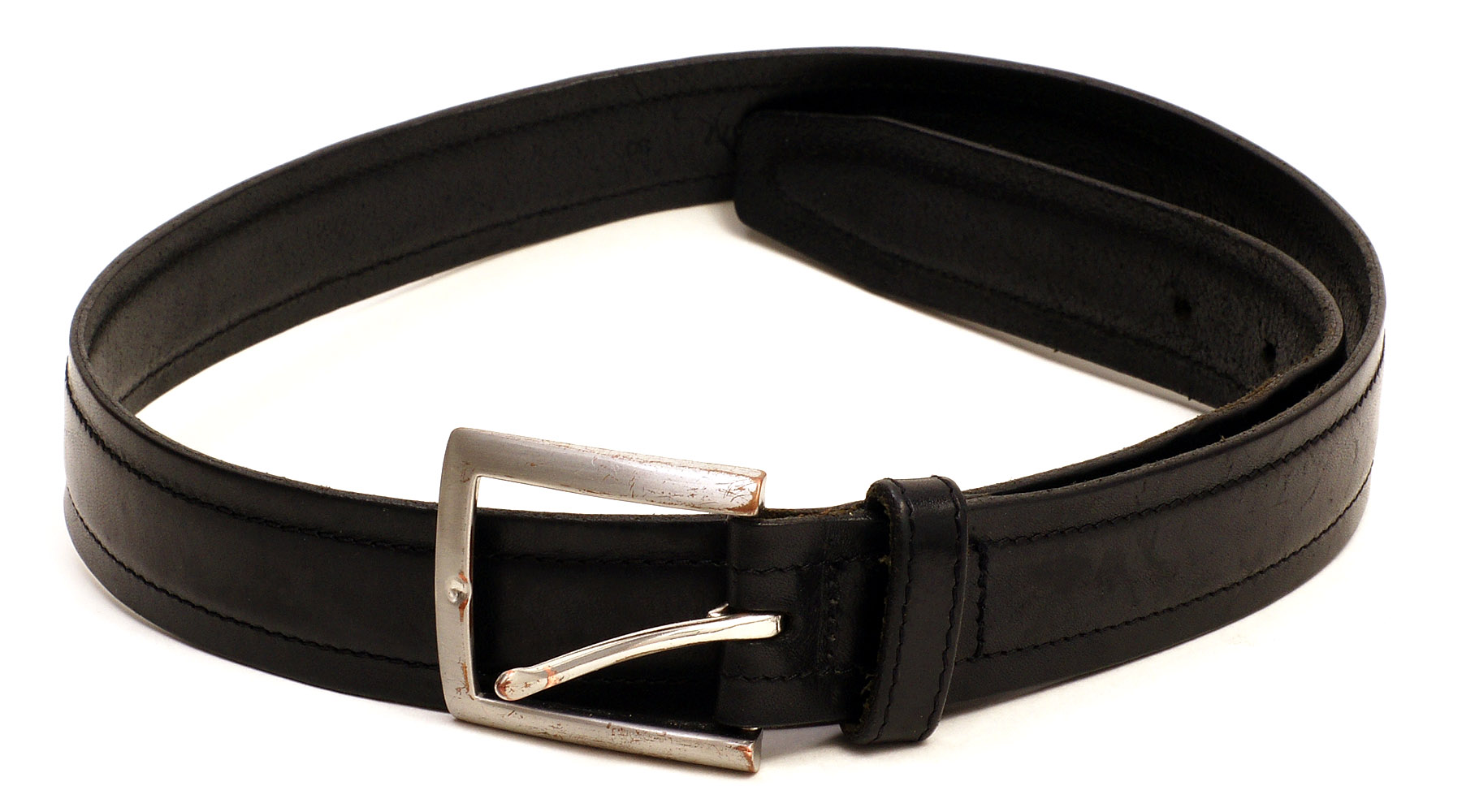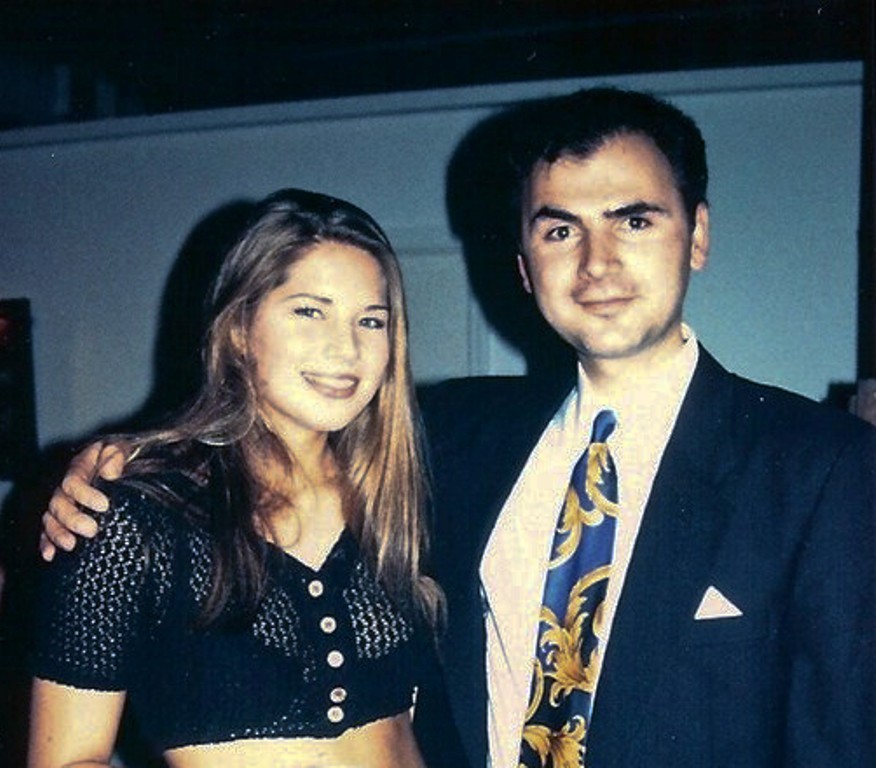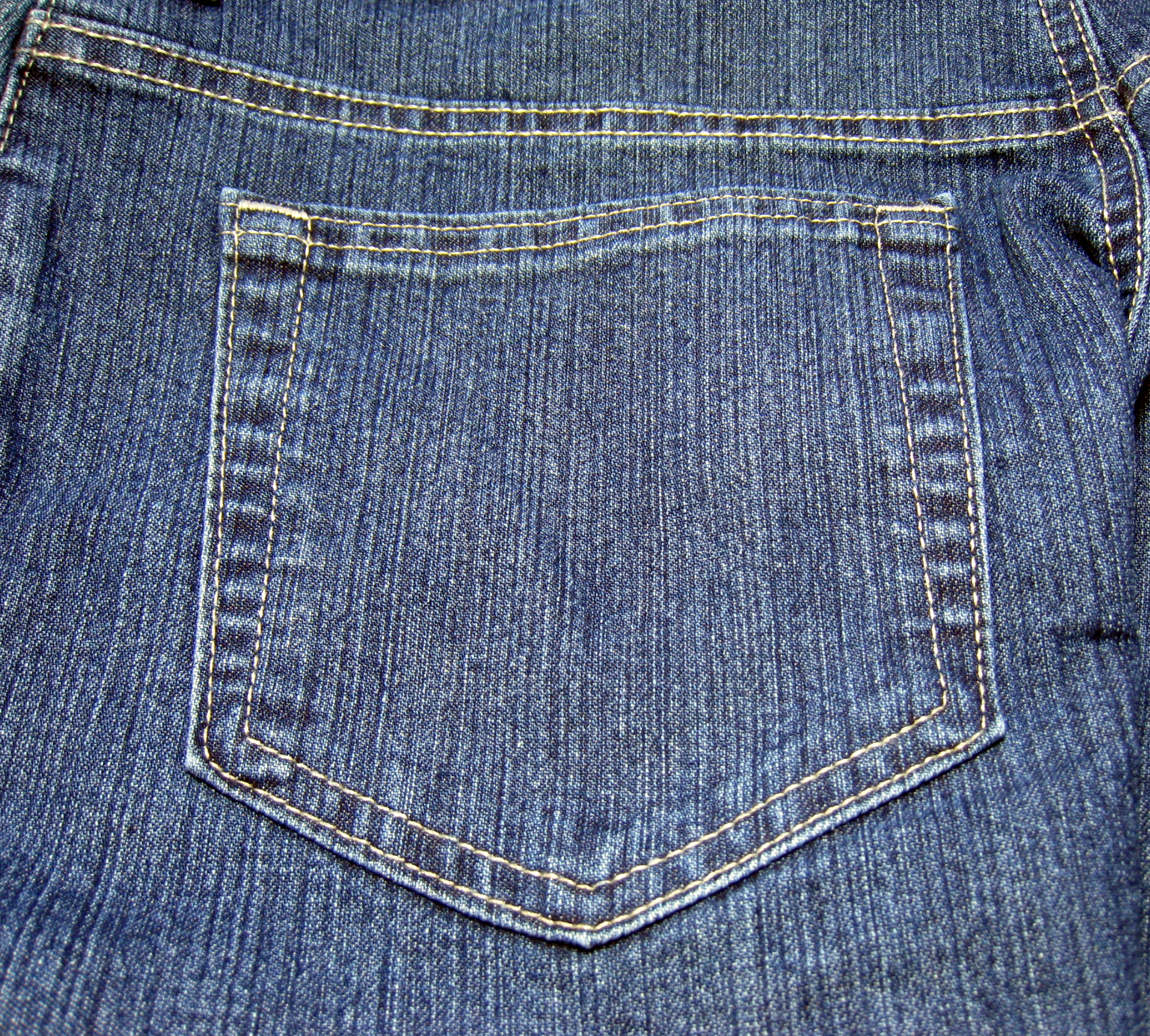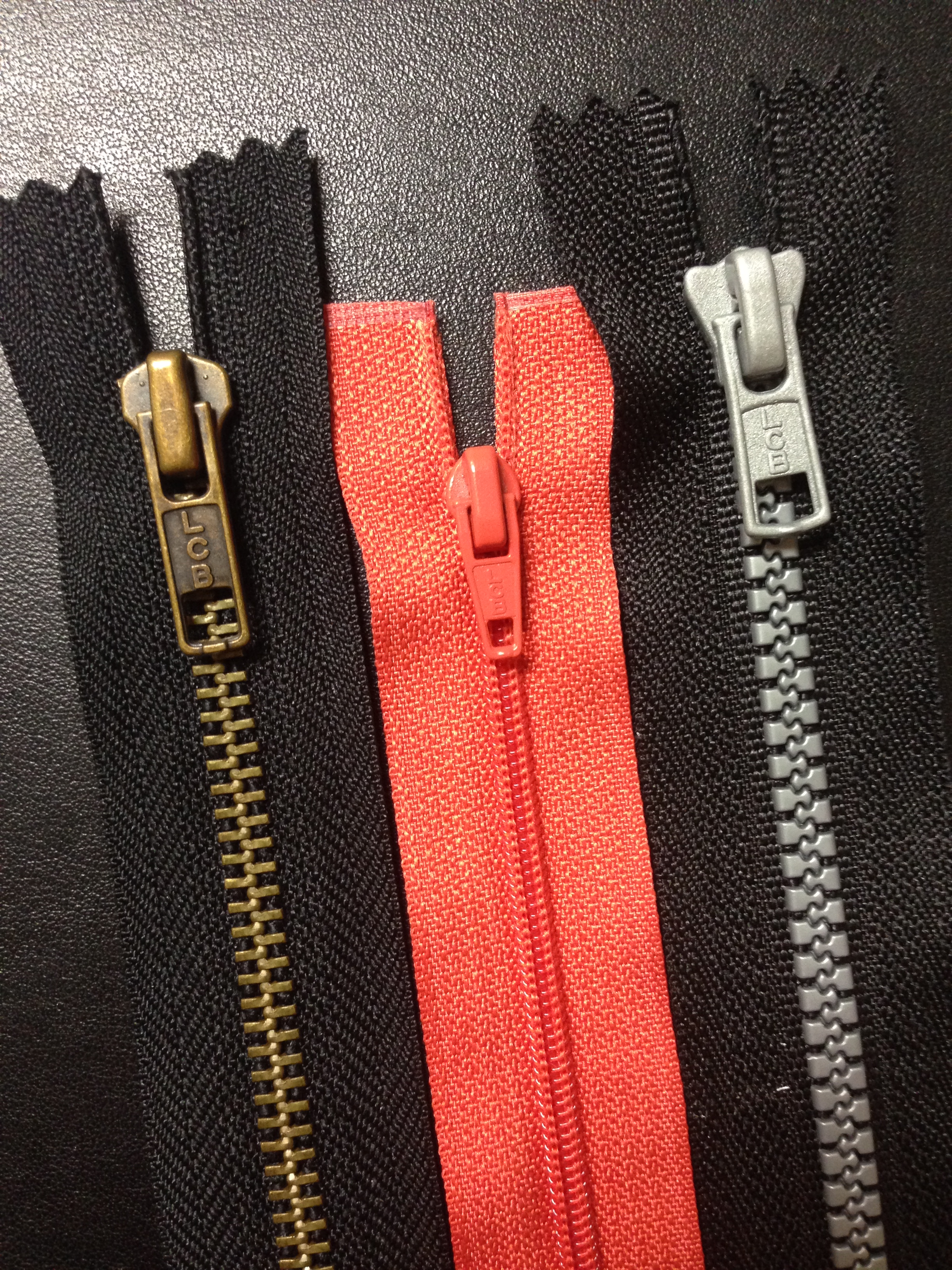|
A-line Skirt
An A-line skirt is a skirt that is fitted at the hips and gradually widens towards the hem, giving the impression of the shape of a capital letter A. The term is also used to describe dresses and coats with a similar shape. History The term was first used by the French couture designer Christian Dior as the label for his collection of spring 1955. The ''A-Line'' collection's feature item, then the "most wanted silhouette in Paris", was a "fingertip-length flared jacket worn over a dress with a very full, pleated skirt". Although an A-shape, this silhouette was not identical to what is now understood to embody the A-line idea. That idea was given its definitive expression and popularized by Dior's successor, Yves Saint Laurent, with his "Trapeze Line" of spring 1958, which featured dresses flaring out dramatically from a fitted shoulder line. A-line clothes remained popular in the 1960s and 70s, disappeared from fashion almost completely by the early 1980s and were revived by ... [...More Info...] [...Related Items...] OR: [Wikipedia] [Google] [Baidu] |
Yves St Laurent Early Gown DeYoung Museum San Francisco
{{disambig ...
Yves may refer to: * Yves, Charente-Maritime, a commune of the Charente-Maritime department in France * Yves (given name), including a list of people with the name * ''Yves'' (single album), a single album by Loona * ''Yves'' (film), a 2019 French film See also * Yves Tumor, U.S. musician * * Eve (other) * Evette (other) * Yvette (other) * Yvon (other) * Yvonne (other) Yvonne is a female given name. Yvonne may also refer to: * Yvonne (band), a 1993—2002 Swedish group featuring Henric de la Cour * Yvonne (cow) a German cow that escaped and was missing for several weeks in 2011 * ''Yvonne'' (musical), a 1926 We ... [...More Info...] [...Related Items...] OR: [Wikipedia] [Google] [Baidu] |
Belt (clothing)
A belt is a flexible band or strap, typically made of leather, plastic, or heavy cloth, worn around the natural waist or near it (as far down as the hips). The ends of a belt are free; and a buckle forms the belt into a loop by securing one end to another part of the belt, at or near the other end. Often, the resulting loop is smaller than the hips. Belts come in many lengths because of the variety in waist sizes, and most belts can be adjusted at the buckle to suit the wearer's waist. Description Belts are used variously to secure or hold up clothing, such as trousers, shorts, and skirts; to carry objects, such as tools and weapons; and to define or accentuate the waist. Some garments have a series of belt loops at the waist, through which a belt can be threaded. Additionally, many belts have a "keeper loop" affixed to one end, near the buckle. The keeper loop stops the free end of the belt from flapping around once the belt is buckled. Some belts also have an end tip (ma ... [...More Info...] [...Related Items...] OR: [Wikipedia] [Google] [Baidu] |
1990s Fashion
Fashion in the 1990s was defined by a return to minimalist fashion, in contrast to the more elaborate and flashy trends of the 1980s. One notable shift was the mainstream adoption of tattoos, body piercings aside from ear piercing and, to a much lesser extent, other forms of body modification such as branding. In the early 1990s, several late 1980s fashions remained very stylish among both sexes. However, the popularity of grunge and alternative rock music helped bring the simple, unkempt grunge look to the mainstream by 1994. The anti-conformist approach to fashion led to the popularization of the casual chic look that included T-shirts, jeans, hoodies, and sneakers, a trend which continued into the 2000s. Additionally, fashion trends throughout the decade recycled styles from previous decades, notably the 1950s, 1960s and 1970s. Due to increased availability of the Internet and satellite television outside the United States, plus the reduction of import tariffs under NAFTA, ... [...More Info...] [...Related Items...] OR: [Wikipedia] [Google] [Baidu] |
Coats (clothing)
{{disambig ...
Coats may refer to: People *Coats (surname) Places * Coats, Kansas, US * Coats, North Carolina, US *Coats Island, Nunavut, Canada *Coats Land, region of Antarctica Other uses *Coat (clothing), an outer garment *Coats' disease, a human eye disorder *Coats Mission, British military mission 1941–42 *Coats Group, a multinational sewing and needlecraft supplies manufacturer *Coats Steam Car, American automobile manufactured 1922–23 *Stewart-Coats, American automobile manufactured only in 1922 *Cadet Organizations Administration and Training Service, a sub-component of the Canadian Forces Reserves See also *Coat (other) *Coates (other) *Cotes (other) Cotes may refer to: Placename * Cotes, Cumbria, a village in England * Cotes, Leicestershire, a village in England * Cotes, Staffordshire, a village in England; see List of United Kingdom locations: Cos-Cou * Cotes, Valencia, a municipality in ... [...More Info...] [...Related Items...] OR: [Wikipedia] [Google] [Baidu] |
Dresses
A dress (also known as a frock or a gown) is a garment traditionally worn by women or girls consisting of a skirt with an attached bodice (or a matching bodice giving the effect of a one-piece garment). It consists of a top piece that covers the torso and hangs down over the legs. A dress can be any one-piece garment containing a skirt of any length, and can be formal or casual. A dress can have sleeves, straps, or be held up with elastic around the chest, leaving the shoulders bare. Dresses also vary in color. The hemlines of dresses vary depending on modesty, weather, fashion or the personal taste of the wearer. Overview Dresses are outer garments made up of a bodice and a skirt and can be made in one or more pieces. Dresses are generally suitable for both formal wear and casual wear in the West for women and girls. Historically, dresses could also include other items of clothing such as corsets, kirtles, partlets, petticoats, smocks, and stomachers. History 11t ... [...More Info...] [...Related Items...] OR: [Wikipedia] [Google] [Baidu] |
Skirts
A skirt is the lower part of a dress or a separate outer garment that covers a person from the waist downwards. At its simplest, a skirt can be a draped garment made out of a single piece of fabric (such as pareos). However, most skirts are fitted to the body at the waist or hips and fuller below, with the fullness introduced by means of darts, gores, pleats, or panels. Modern skirts are usually made of light to mid-weight fabrics, such as denim, jersey, worsted, or poplin. Skirts of thin or clingy fabrics are often worn with slips to make the material of the skirt drape better and for modesty. In modern times, skirts are very commonly worn by women and girls. Some exceptions include the izaar, worn by many Muslim cultures, and the kilt, a traditional men's garment in Scotland, Ireland, and sometimes England. Fashion designers such as Jean Paul Gaultier, Vivienne Westwood, Kenzo and Marc Jacobs have also shown men's skirts. Transgressing social codes, Gaultier frequently intro ... [...More Info...] [...Related Items...] OR: [Wikipedia] [Google] [Baidu] |
Wedding Dress
A wedding dress or bridal gown is the dress worn by the bride during a wedding ceremony. The color, style and ceremonial importance of the gown can depend on the religion and culture of the wedding participants. In Western cultures and Anglo-Saxon cultural spheres, the wedding dress is most commonly white, a fashion made popular by Queen Victoria when she married in 1840. In Eastern cultures, brides often choose red to symbolize auspiciousness. Western culture Weddings performed during and immediately following the Middle Ages were often more than just a union between two people. They could be a union between two families, two businesses or even two countries. Many weddings were more a matter of politics than love, particularly among the nobility and the higher social classes. Brides were therefore expected to dress in a manner that cast their families in the most favorable light and befitted their social status, for they were not representing only themselves during the ceremo ... [...More Info...] [...Related Items...] OR: [Wikipedia] [Google] [Baidu] |
Shoulder
The human shoulder is made up of three bones: the clavicle (collarbone), the scapula (shoulder blade), and the humerus (upper arm bone) as well as associated muscles, ligaments and tendons. The articulations between the bones of the shoulder make up the shoulder joints. The shoulder joint, also known as the glenohumeral joint, is the major joint of the shoulder, but can more broadly include the acromioclavicular joint. In human anatomy, the shoulder joint comprises the part of the body where the humerus attaches to the scapula, and the head sits in the glenoid cavity. The shoulder is the group of structures in the region of the joint. The shoulder joint is the main joint of the shoulder. It is a ball and socket joint that allows the arm to rotate in a circular fashion or to hinge out and up away from the body. The joint capsule is a soft tissue envelope that encircles the glenohumeral joint and attaches to the scapula, humerus, and head of the biceps. It is lined by a thin, ... [...More Info...] [...Related Items...] OR: [Wikipedia] [Google] [Baidu] |
Pocket
A pocket is a bag- or envelope-like receptacle either fastened to or inserted in an article of clothing to hold small items. Pockets are also attached to luggage, backpacks, and similar items. In older usage, a pocket was a separate small bag or pouch. Origins Ancient people used leather or cloth pouches to hold valuables. Ötzi (also called the "Iceman"), who lived around 3,300 BCE, had a belt with a pouch sewn to it that contained a cache of useful items: a scraper, drill, flint flake, bone awl, and a dried tinder fungus. In European clothing, fitchets, resembling modern day pockets, appeared in the 13th century. Vertical slits were cut in the super tunic, which did not have any side openings, to allow access to purse or keys slung from the girdle of the tunic. According to historian Rebecca Unsworth, it was in the late 15th century that pockets became more noticeable. During the 16th century, pockets increased in popularity and prevalence. In slightly later European cloth ... [...More Info...] [...Related Items...] OR: [Wikipedia] [Google] [Baidu] |
Zipper
A zipper, zip, fly, or zip fastener, formerly known as a clasp locker, is a commonly used device for binding together two edges of textile, fabric or other flexible material. Used in clothing (e.g. jackets and jeans), luggage and other Bag, bags, camping gear (e.g. tents and sleeping bags), and many other items, zippers come in a wide range of sizes, shapes, and colors. Whitcomb L. Judson, an American inventor from Chicago, in 1892 patented the original design from which the modern device evolved. Description A zipper consists of a slider mounted on two rows of metal or plastic teeth that are designed to interlock and thereby join the material to which the rows are attached. The slider, usually operated by hand, contains a Y-shaped channel that, by moving along the rows of teeth, meshes or separates them, depending on the direction of the slider's movement. The teeth may be individually discrete or shaped from a continuous coil, and are also referred to as ''elements''. The wor ... [...More Info...] [...Related Items...] OR: [Wikipedia] [Google] [Baidu] |
Skirt
A skirt is the lower part of a dress or a separate outer garment that covers a person from the waist downwards. At its simplest, a skirt can be a draped garment made out of a single piece of fabric (such as pareos). However, most skirts are fitted to the body at the waist or hips and fuller below, with the fullness introduced by means of darts, gores, pleats, or panels. Modern skirts are usually made of light to mid-weight fabrics, such as denim, jersey, worsted, or poplin. Skirts of thin or clingy fabrics are often worn with slips to make the material of the skirt drape better and for modesty. In modern times, skirts are very commonly worn by women and girls. Some exceptions include the izaar, worn by many Muslim cultures, and the kilt, a traditional men's garment in Scotland, Ireland, and sometimes England. Fashion designers such as Jean Paul Gaultier, Vivienne Westwood, Kenzo and Marc Jacobs have also shown men's skirts. Transgressing social codes, Gaultier frequently intr ... [...More Info...] [...Related Items...] OR: [Wikipedia] [Google] [Baidu] |









._Żywiec;_PME_2887.jpg)